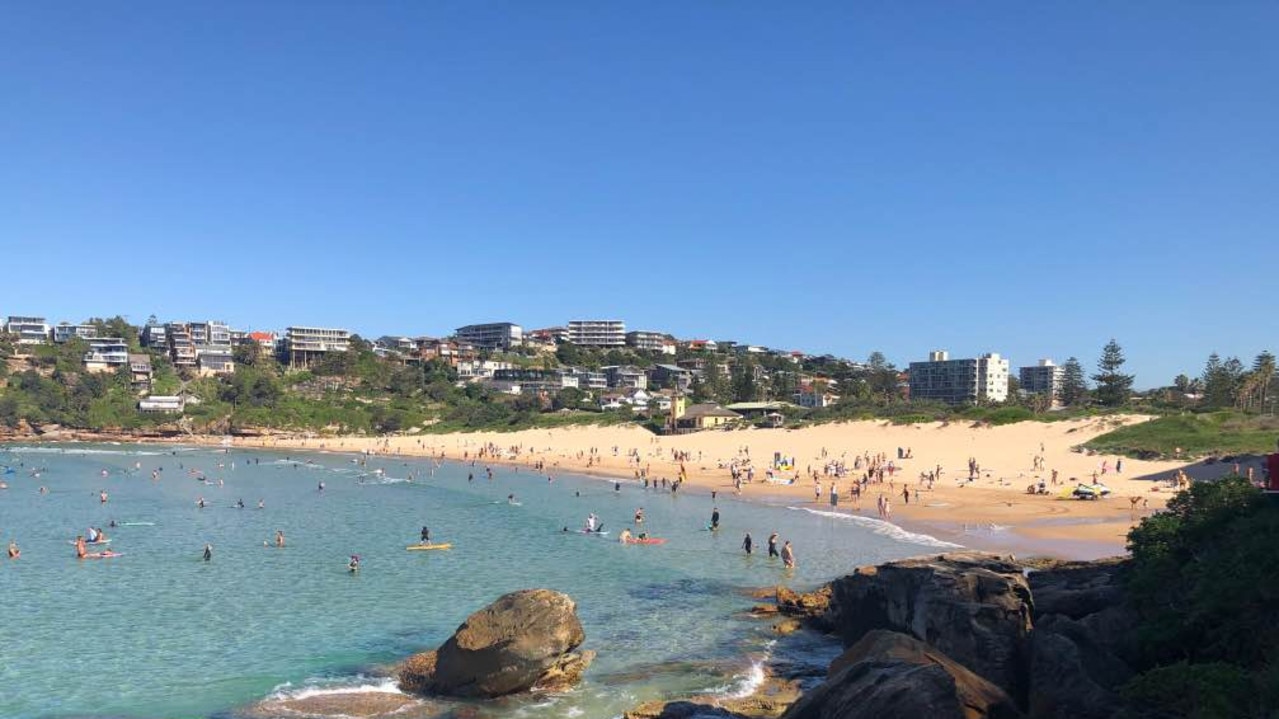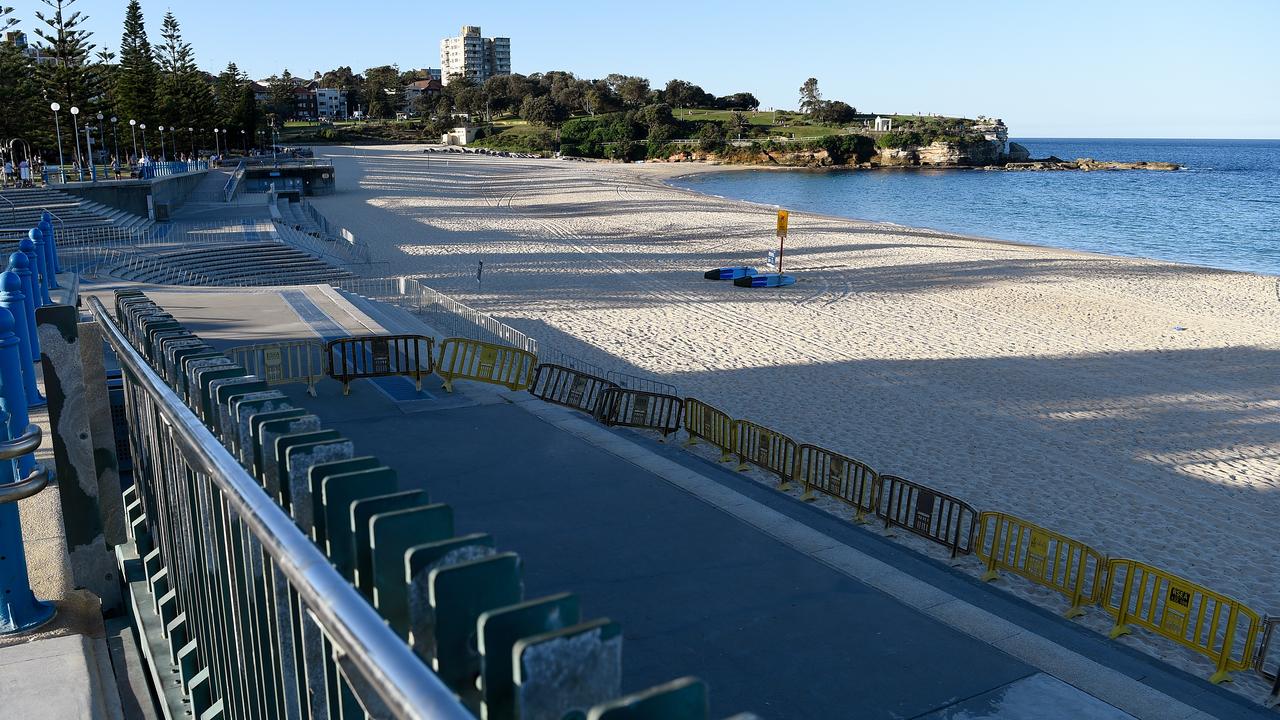Coronavirus: Sydney’s Coogee beach packed with people ahead of closure
Large crowds have flocked to Sydney beaches again this morning, despite many being forced to shut down yesterday after distancing rules were ignored.

Crowds packed Coogee Beach in Sydney this morning after it was reopened for a few hours to allow people to exercise following yesterday's closure.
Randwick Council opened Coogee, Maroubra and Clovelly Beach for this weekend between 6am and 9am, with exercise the only activity permitted.
The iconic beaches in Sydney’s east were closed on Friday, less than a week after being reopened, because social distancing rules were ignored.
RELATED: Follow our live coronavirus updates here
RELATED: ‘Ridiculous’: Qantas slams plane blockade

Pictures taken this morning show large crowds on the sand and in the water.
Walkers and joggers also packed the promenade, making it very difficult for people to follow social distancing rules.
Some people appeared not to even be trying to follow the rules, with many standing within 1.5m of each other and others seen walking in groups.
Police had to be called to disperse large crowds and remove people who refused to get out of the water.


In Sydney’s Northern Beaches, people also appeared to be ignoring social distancing measures.
Freshwater Beach is open for exercise purposes only, with the Northern Beaches Council warning anyone not adhering to social distancing rules will be asked to move on.

Authorities have warned that if social distancing measures can’t be followed, they won’t hesitate to shut down beaches once again.
“We hope people go down there and exercise, have a swim, then dry off and go home, and really give someone else the opportunity to go down to the beach,” NSW Police Commissioner Mick Fuller said.
Police said they will monitor beaches this weekend to ensure the rules are being followed.

It comes as Australia has recorded 6675 confirmed cases of COVID-19, including 2982 in New South Wales, 1343 in Victoria, 1026 in Queensland, 438 in South Australia, 548 in Western Australia, 207 in Tasmania, 105 in the Australian Capital Territory and 27 in the Northern Territory.
Eighty people have died of the disease, however thousands have recovered, ensuring the nation is not just flattening the curve but crushing it.



